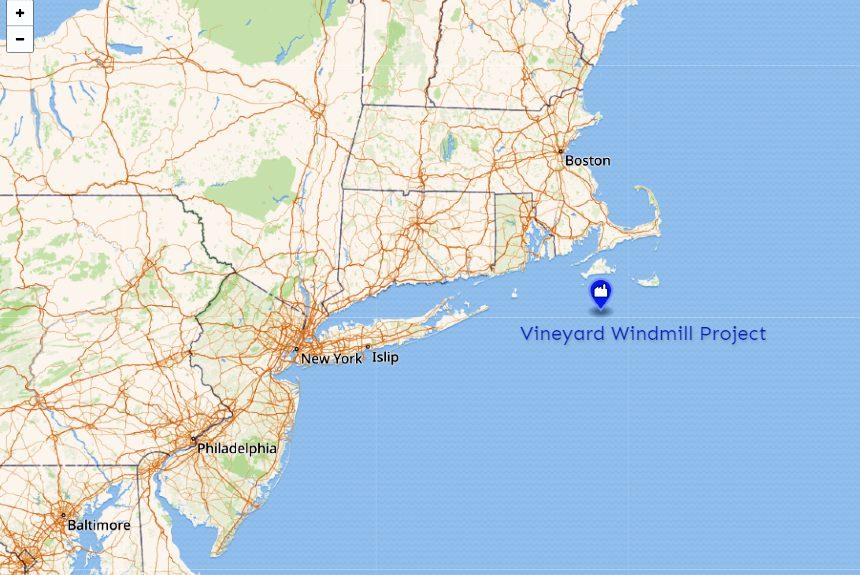Authorities gave a signal to construct the 800-megawatt power Vineyard Wind Project off the coasts of Massachusetts.
According to CNBC news, the renewable wind energy project will create 3600 jobs and power 400 thousand homes when it becomes operational in 2023.
The federal government has approved installing about 84 turbines, but with G.E. Renewable Energy’s massive Haliade-X turbines, only 62 will be required for the offshore wind energy facility.
This $3.03 billion project is a joint venture between Copenhagen Infrastructure Partners and Avangrid Renewables, a subsidiary of the Iberdrola group based in Spain. It costs $3.03 billion and could be operational in 2023.
Heather Zichal, CEO of the American Clean Power Association, says the project is a “historic day for clean energy” and “a time to push forward on offshore wind, catch up to global competitors, and decarbonise our electric grid so that the U.S. can deliver economic and environmental benefits to our citizens and combat climate change.”
According to the article, it will also boost the US wind energy sector’s “fledging” offshore wind sector.
US share of renewable energy
According to the US Energy Information Administration, the US still uses fossil fuels as its primary source of energy, specifically from petroleum (35%), natural gas (34%), coal (10%), and nuclear (9%), with renewable energy accounting for 12% of its total energy source. Its renewable energy source consists of wind (26%), hydroelectric (22%), wood (18%), biofuels (17%), solar (11%), and the rest are from biomass waste and geothermal.
State policies and how they can help expand the US uptake of renewable energy sources
Every year, the Institute for Local Self-Reliance (ILSR) releases a scorecard for each US state based on its energy policies and how they can either boost or prevent the expansion of local renewable energy.
This year’s report shows that three states excelled in their sores; 8 had above-average scores, 12 got average scores, 14 were mediocre, and 14 got failing scores.
The following are the top five States with enabling policy or quality of its policy or program for clean energy. Massachusetts has 39 pts out of a possible 42 pts, California has 38 pts, New York has 36 pts, Illinois has 31 pts, and New Hampshire has 29 pts. The first three states got A’s, and the last two got Bs.
To understand how integrating climate change into policies can drive climate adaptation and mitigation actions, please read this post: Does Mainstreaming Climate Adaptation into Policies Lead to Concrete Actions?
Regarding offshore wind energy, the United States has some catching up to do with Europe’s more mature markets. However, this massive wind energy project is a step in the right direction for the US and is encouraging news for the worldwide renewable energy sector.
Sources:
Frangoul, A. (2021, May 12). ‘A huge moment’: US gives go-ahead for its first major offshore wind farm. CNBC. Retrieved from https://www.msn.com/en-nz/money/markets/a-huge-moment-u-s-gives-go-ahead-for-its-first-major-offshore-wind-farm/ar-BB1gDTxv?ocid=entnewsntp
US energy facts explained. (2021, May 14). Eia. Retrieved from https://www.eia.gov/energyexplained/us-energy-facts/
McCoy, M. (2021, February 10). The 2021 Community Power Scorecard. ILSR. Retrieved from https://ilsr.org/2021-community-power-scorecard/



Leave a Reply